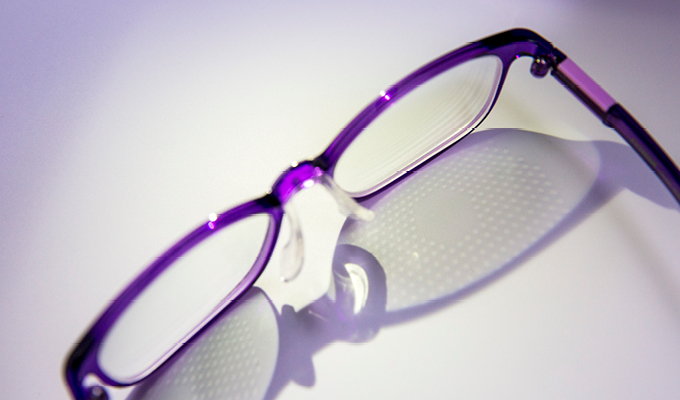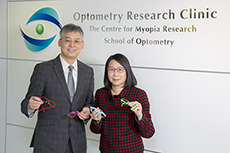High myopia can cause complications that may result in permanent blindness or visual impairment. The Defocus Incorporated Multiple Segments (DIMS) Spectacle Lens was newly developed to slow down myopic progression in children. Principal Investigators of this project, Prof. Carly Lam and Prof. To Chi-ho at the School of Optometry, explained this invention.
1. What is the main cause of myopia?Myopia occurs when the eyeball is too long relative to the focusing power of the cornea and lens of the eye. Light focuses in front of the retina rather than on it, making distant objects appear blurry.

